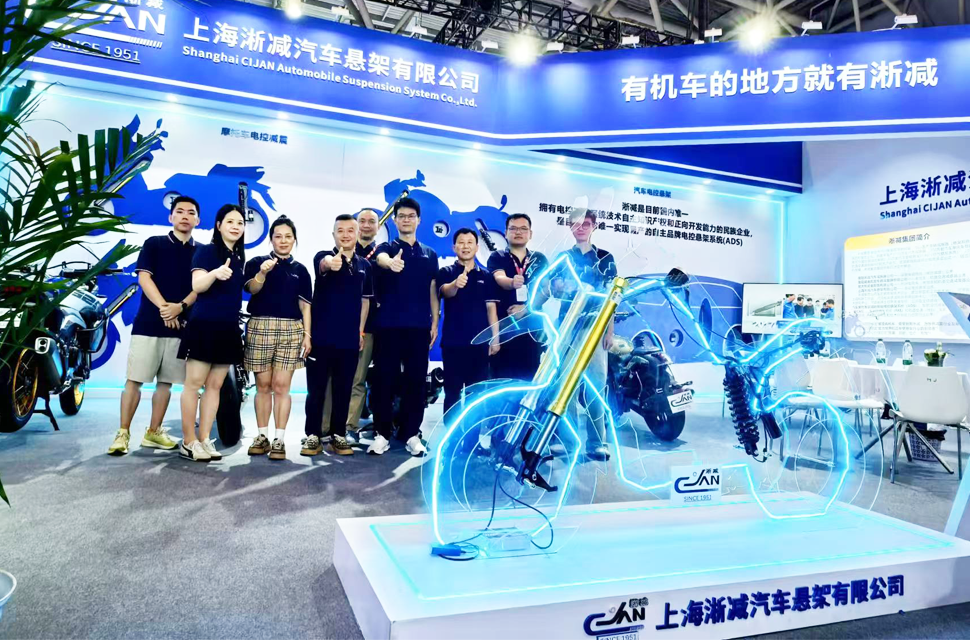Shock absorbers & Driving safety

|
2024-12-12
With the steady increase of car ownership, most drivers are becoming more aware of driving safety. However, people generally believe that brakes and tires have a greater impact on driving safety. In fact, shock absorbers, the brake and tires form the iron triangle of the driving safety, and these three components interact with each other to jointly ensure driving safety.
Today, Xiaoxi will discuss in detail how shock absorbers influence driving safety within the iron triangle.
01 The Impact of shock absorbers on vehicle stability

Shock absorbers and tires work together to help maintain the maximum contact area between the wheels and the surface, improving driving stability and reducing weight offset.
02 The Impact of shock absorbers on steering
The center of gravity of the vehicle experiences a deviation during cornering.
The malfunctioning shock absorbers cannot effectively control the vehicle's posture.
Shock absorbers can help distribute your vehicle’s weight evenly across the four wheels, thereby improving handling during turns.
03 The Impact of shock absorbers on brake
Shock absorbers and brake work together to help your car maintain good contact between the tires and the road, even on rough surfaces, allowing for quicker braking.
For the entire car, shock absorbers are the core parts. The shock absorbers are installed between vehicle’s axle and frame to buffer the vibrations caused by impacts from uneven roads on moderate loads. If these vibrations are not dampened, the structural strength and service life of the vehicle’s mechanical parts will be reduced, potentially leading to accidents in severe cases, which is detrimental to driving safety.
The above views are derived from the paper Development and Research Status of the Shock Absorber in the Automotive Industry, which explains from a professional research perspective that shock absorbers are indeed related to driving safety.
In general, the wear of shock absorbers occurs gradually, and it is often difficult to detect the negative impacts caused by this wear under normal driving conditions, such as reduced steering precision, braking function or vehicle stability.
CIJAN recommends that every car owner check the shock absorbers every 20,000 kilometers, and replace them every 60,000 to 80,000 kilometers. To ensure optimal vehicle handling and braking performance, it is advisable to replace shock absorbers in pairs on both sides.
END










 Prev
Prev Return
Return

